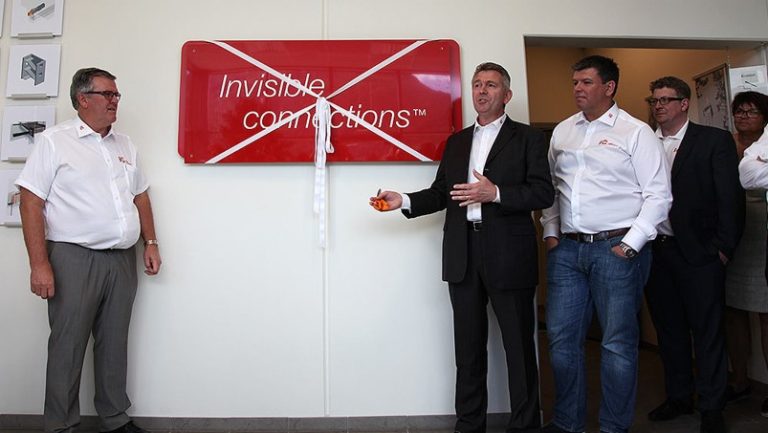Far from having years to work out how to curb the risks of climate change, we face a moment of truth ©Getty Beijing in December: People wear protective masks after pollutant PM 2.5 registered nearly 25 times the acceptable standard set by the World Health Organization Virtually all new fossil fuel-burning power-generation capacity will end up “stranded”. This is the argument of a paper by academics at Oxford university. We have grown used to the idea that it will be impossible to burn a large portion of estimated reserves of fossil fuels if the likely rise in global mean temperatures is to be kept below 2 degrees centigrade. But fuels are not the only assets that might be stranded. A similar logic can be applied to parts of the capital stock. February was the warmest month on record. The current El Niño — the warming of the global climate triggered by the Pacific Ocean — has boosted temperatures, just as it did in 1997-98. The recent supposed pause in rising temperature was relative to the sudden jump at that time. A comparison between 1998 and today shows that temperature continues to climb, together with atmospheric stocks of carbon dioxide. This reminds us of the realities of climate change. More On this topic Martin Wolf Moreover, two forms of inertia govern climate policy. First, infrastructure in power generation, which generates a quarter of all anthropogenic emissions, is extremely long-lived. In the EU, 29 per cent of thermal power plants is more than 30 years old and 61 per cent is more than 20 years old. Second, carbon dioxide remains in the atmosphere for centuries. Thus it is necessary to think not of annual flows but of cumulative emissions or of a global carbon budget. The Oxford paper assumes (optimistically) that emissions from all other sectors proceed in accordance with the emissions pathway judged by the Intergovernmental Panel on Climate Change to give a 50 per cent chance of keeping the temperature increase below 2 degrees. It assumes, as well, that new generating plants are operated to the end of their normal economic lives. Under those assumptions, capital stock created after 2017 would break the global carbon budget. Yet, in the past decade alone, the emissions implied by the investment in power generation have been rising at 4 per cent a year. To shift suddenly to zero emissions would appear inconceivable. Accelerated declines in emissions from other activities would alleviate the pressing nature of this dilemma, but only modestly. Worse, the dependence of transport fossil fuels is likely to be harder to reduce sharply than that of power generation. Indeed, decarbonisation of power generation will have to make a vital contribution to decarbonisation of transport through growth in use of electric vehicles. Within power generation itself, there are four options. The first would be a more or less immediate shift to zero-emissions technologies. The second would be retrofitting of conventional capacity with carbon capture and storage. The third would be to replace new capital stock with zero-emissions capacity early in its life. The last would be early introduction of technologies to remove atmospheric stocks of carbon. Production costs of zero-carbon energy, including renewables, biomass, hydroelectricity and nuclear power, are falling rapidly. Challenges remain, notably grid integration and storage. The question is by now more when than whether. It is not going to be next year — not even if assisted by an accelerating rise in energy efficiency. Again, some form of carbon capture and storage seems a vital part of any solution. But these technologies remain largely untried and expensive. That is one reason why a rapid shift in investment patterns appears crucial. The option of proceeding with investment in a conventional plant only to then scrap it early would be wasteful and ineffective. Cutting the average life of generating plants by a decade would delay the “commitment year” — the point of no return — to no later than 2023. This leaves us with little time to transform the world’s investment path. It would seem wiser to install zero-emissions capacity faster now instead. That is likely to be particularly beneficial because the costs are falling with cumulative production. In the last resort, carbon removal or other forms of geoengineering might be employed. Yet all such technologies create technical, and even geopolitical, risks. If, for example, a country unilaterally intervened directly in the climate, the consequences for global relations would be unsettling or catastrophic. Far from having years to work out how to curb the risks of climate change, we face an imminent moment of truth. This also raises urgent policy questions. If carbon pricing were to deliver the desired shifts in investment, it would require credible commitment over the long term. But commitments for the long term can barely be credible. A novel approach would be imposition of cumulative emissions caps. Alas, their credibility would be low even if they could be agreed at all. An alternative might be licensing of new and existing power plants, to force shifts in technology and accelerate closure of capacity. But such licensing would again have to be imposed quickly: otherwise, a race to build soon-to-be grandfathered conventional capacity would ensue. It would also be possible either to subsidise or to tax specific technologies. But this has already proved vulnerable to capture by existing or newly created vested interests. Finally, it is possible — indeed, desirable — to invest in research and development. It is a long-time scandal how little is invested in such R&D relative to subsidies to fossil fuels by governments. After last year’s Paris climate conference, the world congratulated itself on having agreed a new process, even though real action was postponed. Yet, given the longevity of a large part of the capital stock, the time for decisive change is right now, not decades in future. But the world is not really serious about climate, is it? It prefers fiddling while the planet burns. martin.wolf@ft.com Copyright The Financial Times Limited 2016.











